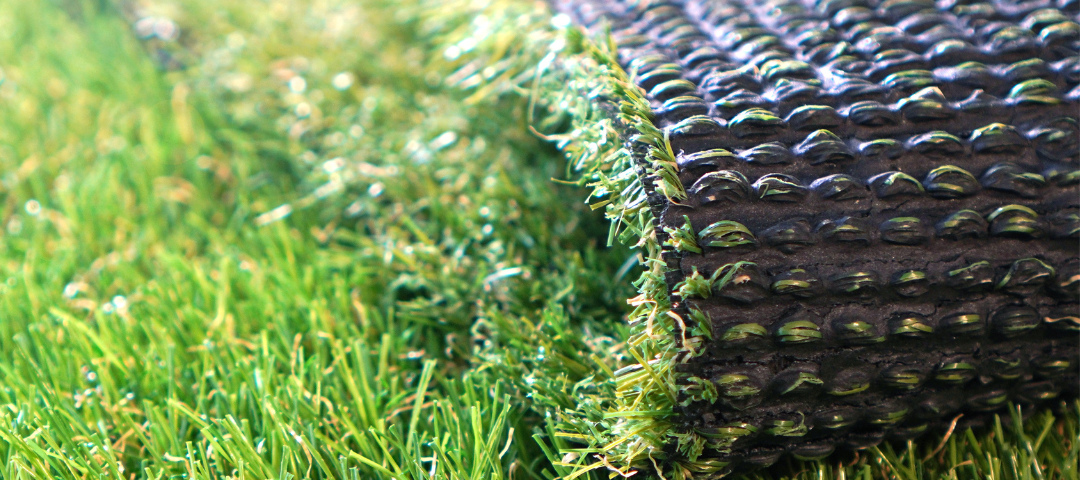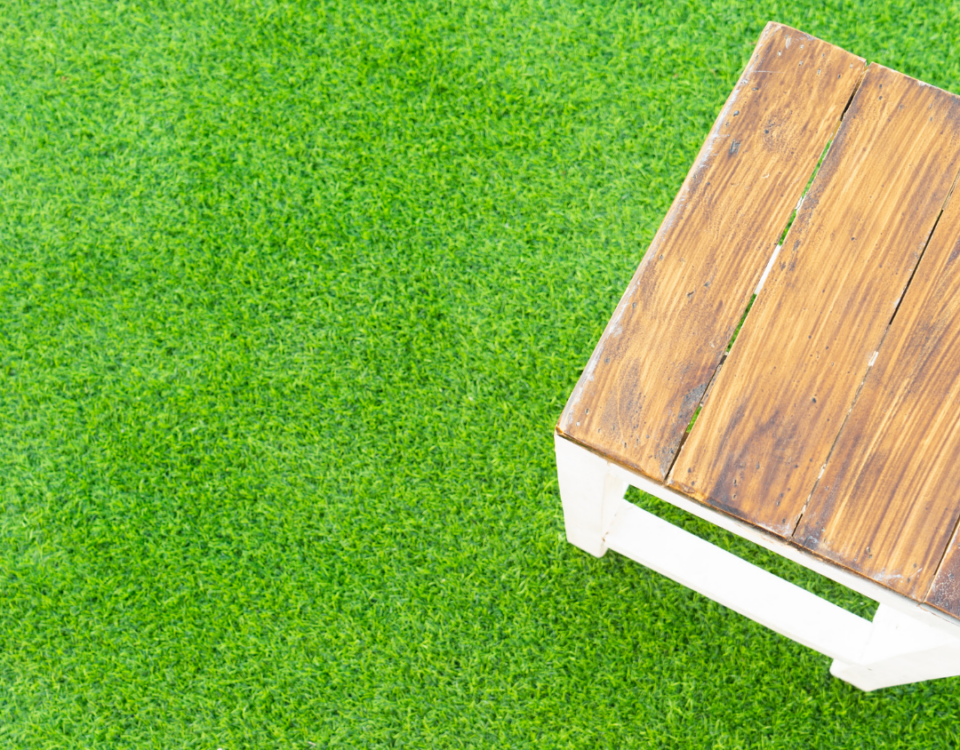
The Importance of Regular Artificial Turf Maintenance – San Fernando
January 12, 2023
Achieving a Low-Maintenance, Lush Lawn with Turf Installation
February 10, 2023Maximizing Your Outdoor Living Space with Turf Installation
Patios, balconies, and decks are often difficult to work with due to the awkward shape and limited surface area. Fortunately, artificial turf makes it easy to elevate and maximize small spaces, transforming these awkward areas into beautiful and functional areas for outdoor entertainment and relaxation.
The Benefits of Artificial Lawns
Turf is an excellent choice for residential and commercial landscaping. It provides many of the benefits of a real lawn, including retaining soil moisture and keeping it dry in hot temperatures, but without all the work involved with maintaining an active grass lawn. It also acts as a firebreak and weed barrier, protecting your family and property from the dangers of wildfires, droughts, and infestation by unwanted weeds.
Aside from the aesthetic benefits, a well-maintained turf lawn is a good investment in your home’s value. It can save you money in the long run by reducing your need to water and maintain your property.
If you’re considering a synthetic lawn for your home, there are some things you should know before you start the installation process. First, make sure the underlying soil is properly sized and graded to support the turf you’re installing. If you’re working with a contractor, ask them to break apart the lawn in stages and grade it a minimum of four inches below walkways and sidewalks, so you can ensure a strong foundation for your new turf.
Then, roll out the turf and place it on the ground to acclimate for at least two hours before completing the installation. This will help the turf settle into the area, making it easier to work with when laying it down.
During this time, be sure to use a potent weed killer to kill any unwanted vegetation in the area before you lay down the new turf. If weeds grow in the space, they will disrupt the turf’s natural growth pattern, making it impossible to cut or trim to the correct height.
Another important step is to re-soil the area before laying the turf down. If the soil is too hard or compacted, it can damage the turf. If it’s too soft or loose, the turf will shift in the wind, which can cause a mess and even lead to injuries.
Installing turf can be a fairly simple DIY project, but it requires a lot of preparation. Before you begin, make sure the underlying soil is a good size and has been properly graded, as well as that you’ve removed all of the debris in the area.
After laying the turf, you’ll need to secure it into place by nailing or stapleing it. This can be done using common 60D nails every 3-6 inches around the perimeter, or by securing the edges with staples every 3 square feet within the interior of your hardscape. Be sure to spread the blades of the turf when nailed so that the nail heads do not penetrate the fibers in the turf and pierce the underlying hardscape.
Transform Your Outdoor Space With Professional Turf Installation




